Sequencing technologies have advanced tremendously during the last decades and have now provided opportunities to collect huge amounts of DNA data from a variety of organisms, from recent samples up to historical and even ancient ones. By applying and optimizing a large array of different DNA technologies JEMU aims to support scientific molecular research in RBINS and RMCA. The (non-exhaustive) list below illustrates some of the most frequently applied molecular tools in our labs.
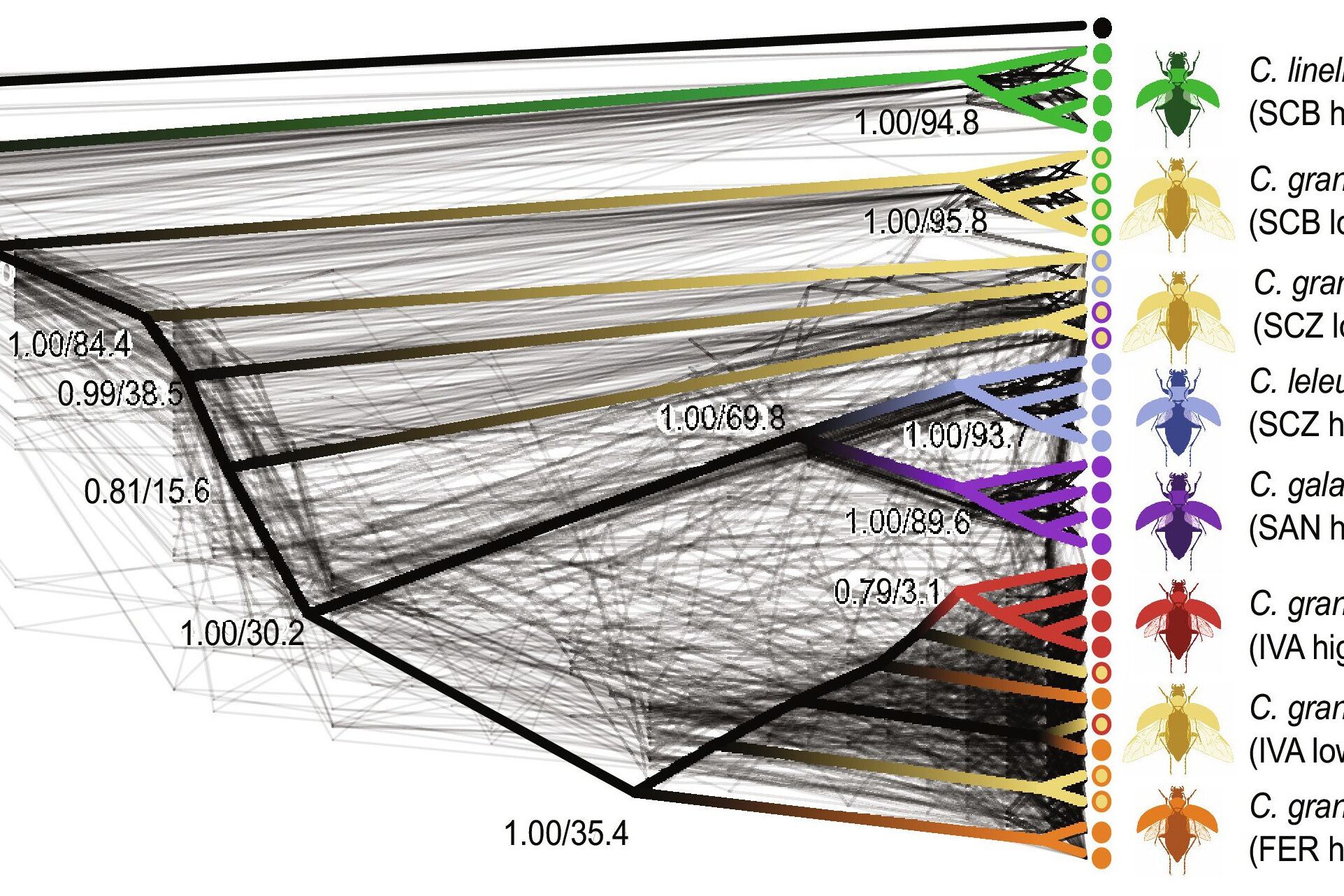
Reduced representation sequencing (RRS)
for population genomics, species delimitation
This approach (RRS) allows to obtain genome-wide sequencing data for a large number of samples in a cost-efficient way by explicitly focusing only on genomic regions that are recognized by specific restriction enzymes (e.g. restriction site-associated sequencing (RADseq) or genotyping-by-sequencing (GBS))
– Applications: population genomics, phylogeography, species delimitation
– Publication example:
Repeated radiation of Galápagos beetles
Population genomics of introduced Nile tilapia in the Congo River
Species limits in the land snail complex Pyramidula

Paleogenomics, paleometagenomics
for ancient population genomics, screening of paleopathologies
With specific cleaning protocols and appropriate equipment (ancient DNA lab) it is possible to sequence short DNA fragments from ancient material such as archaeological remains. Depending on the preservation of the material, genomic data from different regions of the genome (genome skimming) or even from the whole genome can be recovered by shotgun sequencing. Ancient metagenomics applying shotgun sequencing techniques to environmental samples can also generate random fragments from the genomes of diverse organisms in an ancient community.
– Applications: ancient genomics, ancient population genomics, phylogenetic tree calibration, paleopathology.
– Publication example:
Ancient DNA from modern wolves.
Loss of mitochondrial diversity within the last century in eastern gorillas.
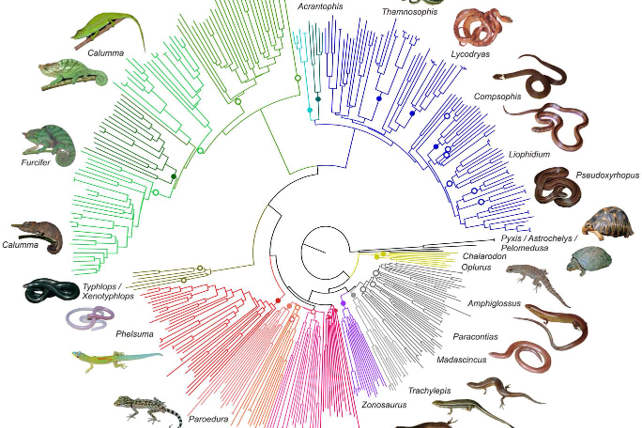
Targeted amplicon sequencing (TAS)
for species identification, DNA barcoding
This widely used approach (TAS) enables the sequencing of short DNA fragments (ca. 40-1500 bp) for a large amount of specimens (including museum and ancient samples) using universal or specific primers, e.g. DNA barcoding.
– Applications: species identification, DNA barcoding, molecular phylogenies (single or multi-locus).
– Publication example:
Species diversity of stygobiont isopodes in African groundwater
DNA barcoding echinoderms from South Africa and the connection of DNA data with taxonomy
Using next-generation sequencing to improve DNA barcoding
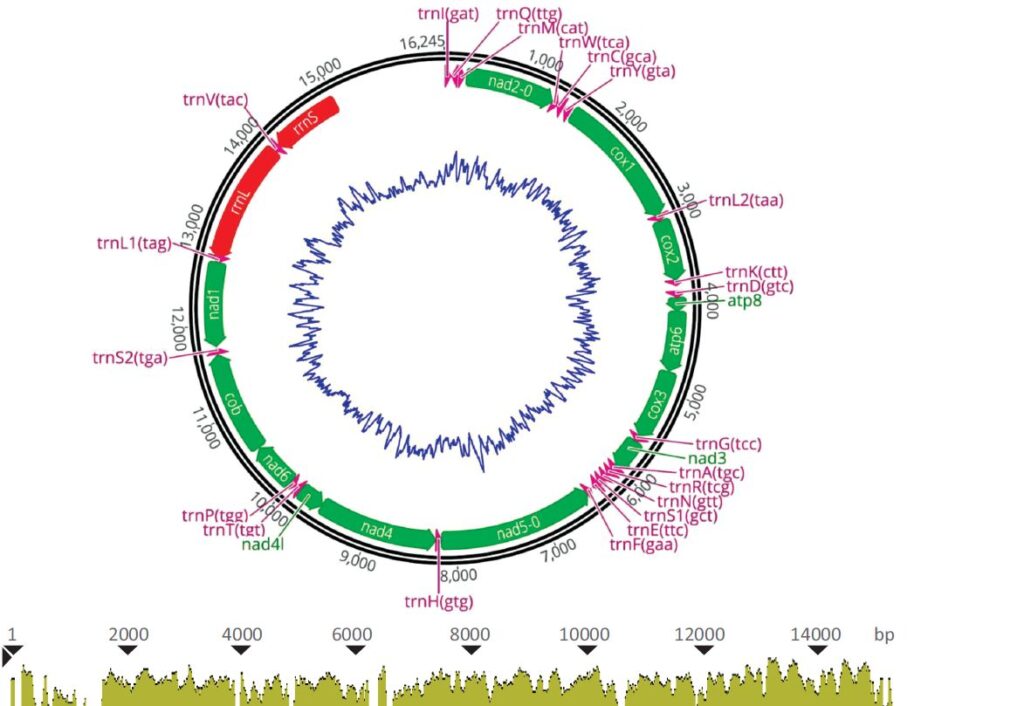
Genome skimming and mitogenomics
for molecular systematics and evolutionary histories of organisms
This methodology involves random sampling of a small percentage of total genomic DNA. It consists of a shallow sequencing of total genomic DNA and results in comparatively deep sequencing of the high-copy fraction of the genome (plastome, mitogenome, and repetitive elements).
– Applications: intraspecific ‘ultra-barcoding’, intergeneric and family-wide phylogenomic analyses.
– Publication example:
Systematics of Afrotropical Eristalinae (Diptera: Syrphidae) using mitochondrial phylogenomics
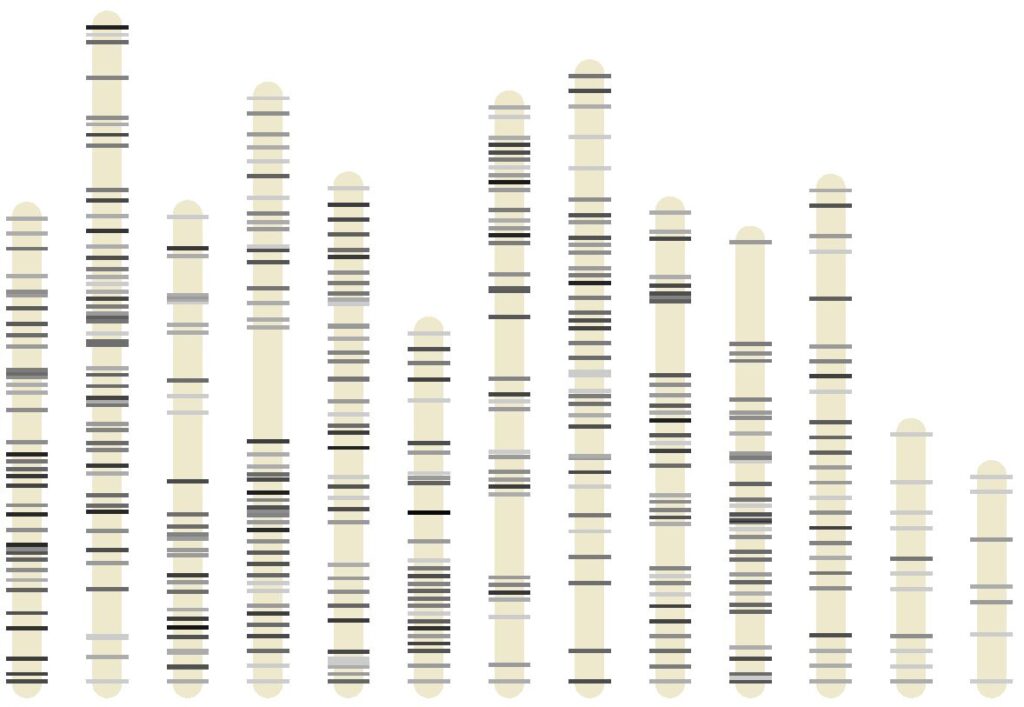
Whole genome sequencing (WGS)
for phylogenomics, evolutionary genomics
Whole genome sequencing allows to obtain comprehensive DNA sequence information of a specimen’s genome. Technologies capable of sequencing long DNA fragments (PacBio, Oxford Nanopore Technologies) in combination with those that capture the chromosome configuration (Hi-C) can now provide near complete chromosome-level genome assemblies.
– Applications: phylogenomics, population and evolutionary genomics, functional genomics
– Publication example:
A masculinizing supergene underlies an exaggerated male reproductive morph in a spider
Chromosomal inversions drive a gradual repeated radiation of Galápagos beetles
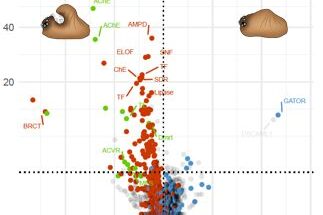
RNA-sequencing (RNA-Seq)
for functional genomics, phylogenomics
Here the focus is on sequencing only mRNA molecules which provides information on gene expression profiles and isoforms. Functional insights might be obtained by cross-linking sequence information to known genes of related organisms. Due to mRNA instability, this approach is not applicable to all types of tissue samples.
– Applications: functional genomics, physiological and metabolic shifts, phylogenomics.
– Publication example:
A masculinizing supergene underlies an exaggerated male reproductive morph in a spider
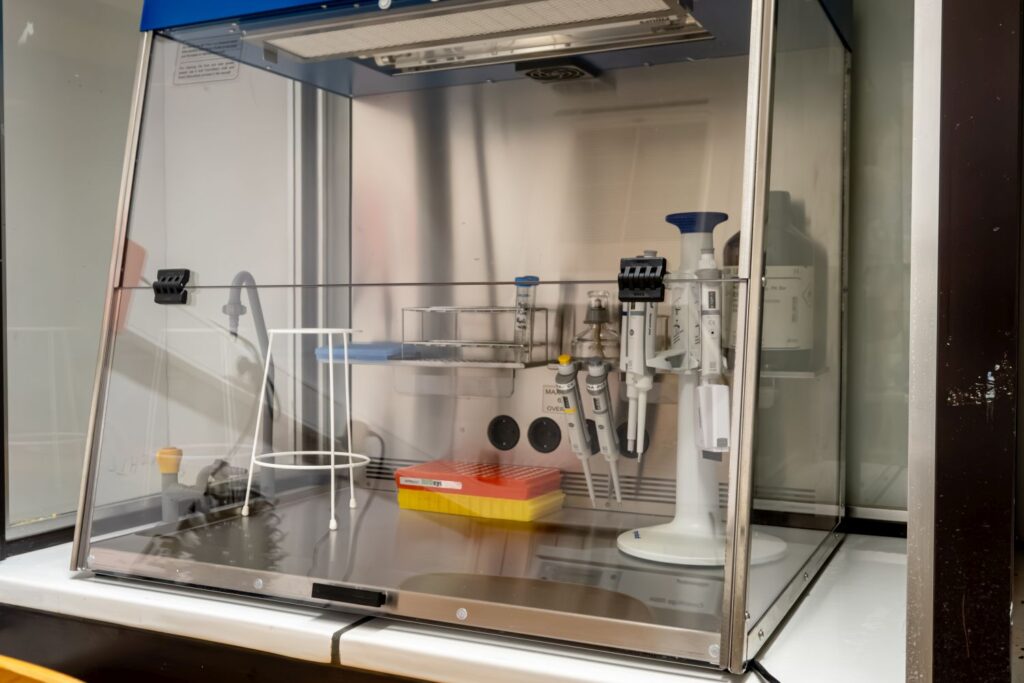
DNA Metabarcoding
for microbiomics, environmental DNA barcoding
DNA Metabarcoding enables the high-throughput sequencing of short targeted DNA fragments amplified from a mixture of different organisms. By using a DNA barcode as a proxy for species identification, DNA metabarcoding provides a high-throughput multispecies (or higher-level taxon) DNA-based identification.
– Applications: DNA-based species identification in environmental or bulk samples, microbiomics.
– Publication example:
Dietary shifts affect the gut microbiome of the melon fly

Whole genome bisulphite sequencing (WGBS)
for epigenomics, functional genomics
This technology uses a bisulphite conversion treatment of DNA in order to characterise cytosine methylation, i.e. unmethylated cytosines are deaminated to uracils, while (hydroxy)methylated cytosines remain unaffected.
– Applications: epigenomics, functional genomics, evolutionary genomics, population genomics.
